Here are a five examples:
In 1988 I was Group Strategic Planning Manager at the Bank of New Zealand. The day I joined the Bank (8/8/1988) the directors asked the government for a $350m bailout to stop the bank from going into liquidation. Three months later a new Chief Executive was appointed. One of the first things he did was to lock-off his personal lift that took him directly from the basement carpark to his 24th level office without stopping. This tiny change signalled something much bigger to Bank employees who until then had seldom seen the CEO let alone travelled in the lift with him. Of course there were many other things that happened but it was an inspired first step. Three years later the Bank went from bottom to first or second in most industry indicators and was sold for $1.5b to National Australia Bank in 1992.
One of my favourite managers took over as Interim CEO of a major vehicle testing organisation and I asked one of his second-level managers how he was getting on. He said the difference was amazing and immediate. He said that when the previous CEO had come out of the lift he turned left and walked directly to his office without passing anyone else. When the Interim Manager came out of the lift he turned right and took a slightly longer route that took him passed every staff member before going to his office. This tiny change showed that he cared, made him more visible and kept him in touch.
I was facilitating an empowerment process in an engineering company. Nothing we did had any effect until the clock-card machines were removed. This tiny change symbolised trust, respect and equality.
I was facilitating the implementation of a customer-first strategy in an Electricity company. Two small behavioural changes made a major difference. First, everybody (including the CEO) was rostered to answer customer queries on the phone; this not only sent a powerful message to the customers who were sometimes surprised to find themselves talking to the boss, but also kept the CEO and his top team more closely in touch with what mattered to customers. Second, they installed a large electronic message board at the front of the office. It lit up immediately the phone rang and clocked-up the number of seconds before the phone was answered.
One of my colleagues was the Manager of a large New Zealand bank that had a “customer first” strategy. They discovered a computer error that resulted in a large number of customers being over-charged by a small amount. The amount was so small it would have been tempting to forget about refunding the over-charge; after-all, the customers didn’t know about the problem, and the fix was far greater than the refunds. By fixing the over-charge they reinforced the importance of customers and symbolised the importance of doing the right thing no matter what the cost.
I have dozens of other examples but I hope these five have made the point: Managers disregard small behaviours to their detriment.
This may sound strange to many managers fixed in a mechanical mind-set; but, it makes total sense to those who understand Systems, Complexity Theory and Emergence. I may get into this in a later post. Heads-up: ever heard of the “butterfly effect”? In the meantime if any of your people need beefing up in these areas please let me know.
Bruce Holland


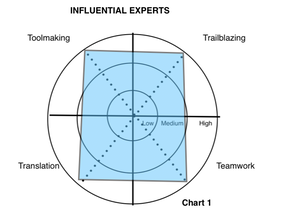
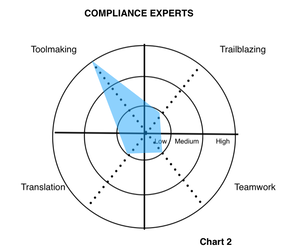
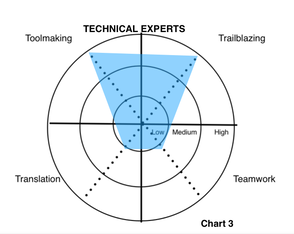

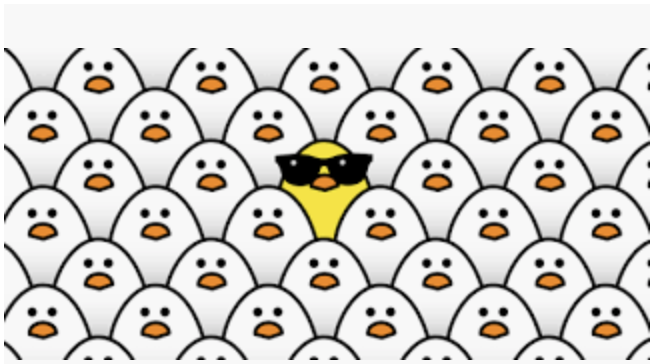
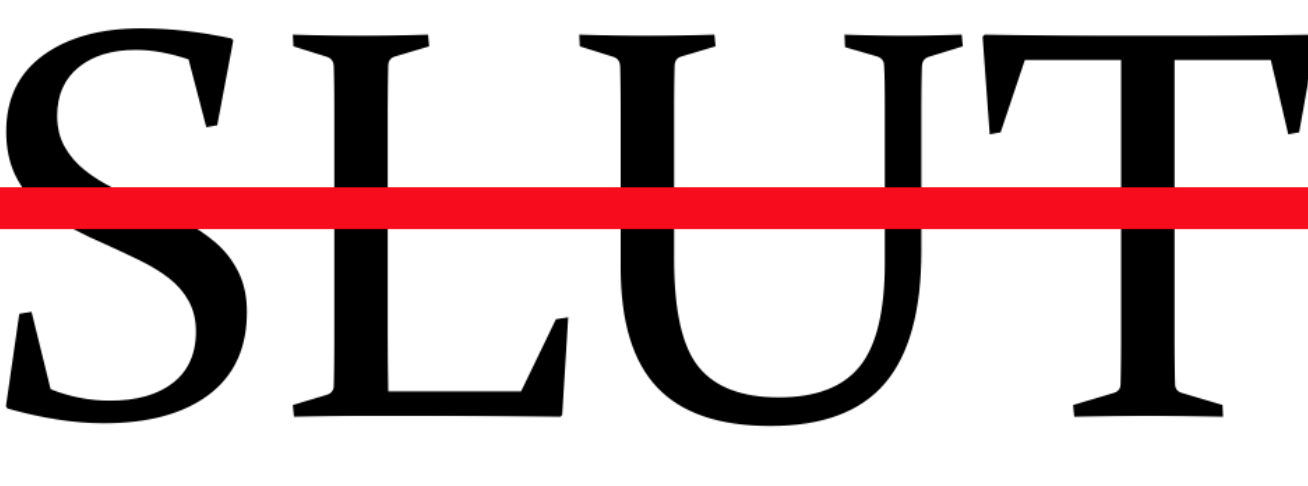
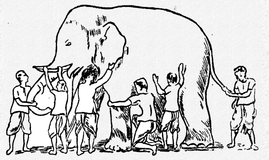
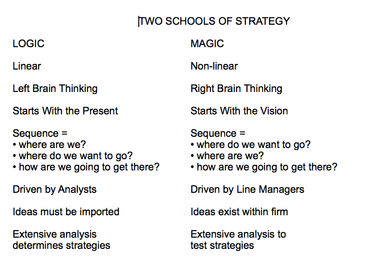
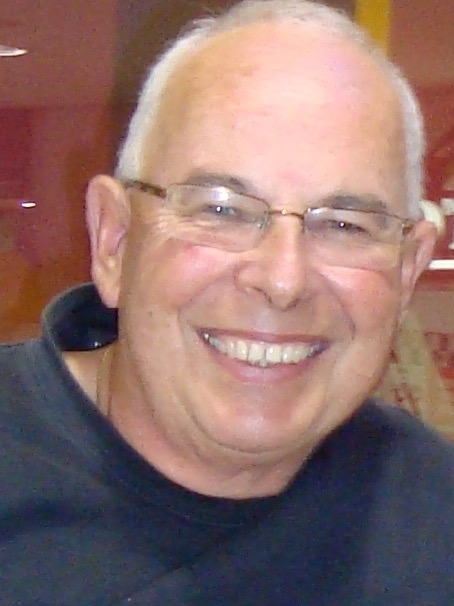
 RSS Feed
RSS Feed